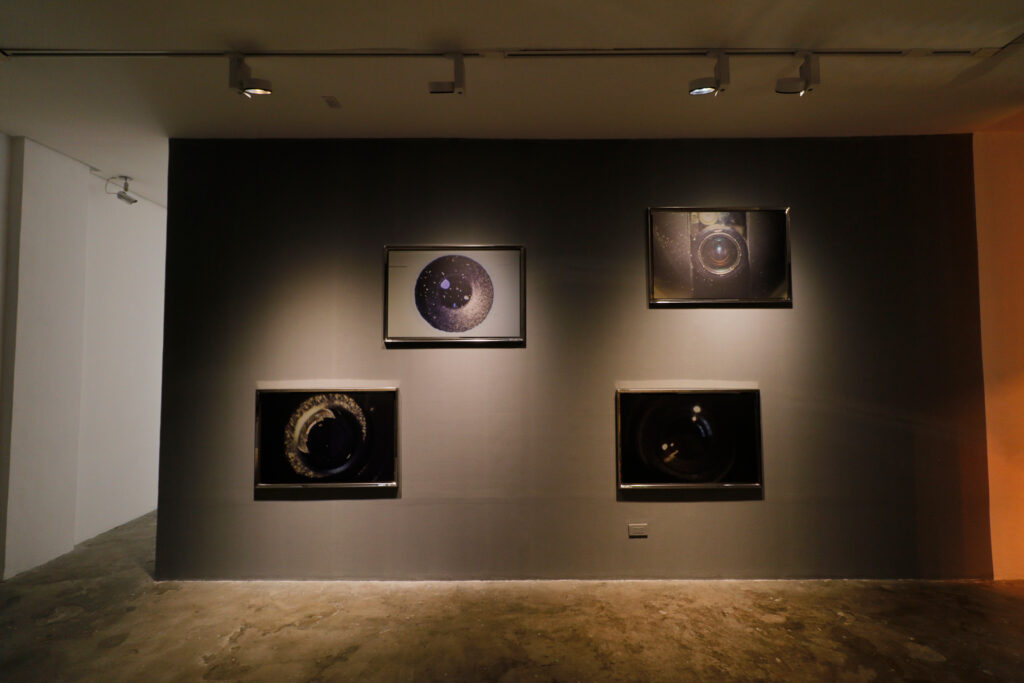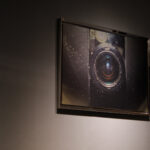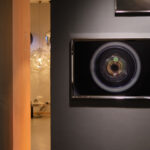I
Almost a century ago, in one of the earliest written pronouncements to highlight an emerging technology—a certain device, Dziga Vertov began his Kino Manifesto with the statement: “I am an eye, a mechanical eye. I—a machine, show you the world as only I can see it.” (Vertov, 1923) It is clear that even in its early stages, artists and filmmakers like Vertov have recognized the lurking audacity a machine like the camera possessed, which would soon proclaim its power over the people.
To show you the world as only I can see it—reeks of a self-centeredness that is almost recognizable in certain authoritarian states, especially in our current age of disinformation, of spectacle, and of image-making. From the throes of the pandemic and then onward, there arose a power to which almost none resisted: big data; big tech; and at the center of it all is the subject of Miguel Lorenzo Uy’s latest exhibition—the ever-seeing eye that binds these powers together to create the new ‘opium’ that it offers: our images in the screen.
It is the (I/eye) who dictates our world, and the (i/eye) which Miguel Lorenzo Uy has posed as ‘godlike.’ This eye—in its material form, its image—taking the shape of photographs framed in aluminum and steel, are the different instances of lenses that pervade the artist’s daily existence and his immediate environment: camera lenses, cctv lenses, portable lenses, phone lenses—front-facing and back—these are the meshed surveillances that keep our virtual selves triangulated, to form a composite of our perceived identities.
According to Uy, the accepted idea is that, “There is nothing more objective than what the camera captures, but the camera can only capture a fragment of reality, such as the eye can only perceive what it sees…” It is this antinomy and the evolving relationship with camera and subject which we are now faced with. From self-portrait to selfies, from live broadcast to live-streaming, the shooter becomes the self and self becomes the shooter. To these dissolving roles, Uy builds a proposition demonstrated through his images. That amid all the mirroring effects and fake realities, there is only one subject that emerges: technology itself.
Upon entering the exhibition space, we become willing participants right away to the camera’s precepts. We are surrounded by images of lenses; there are reflections through the sheen of their frames. The ever-seeing eye has completed its transformation. From spirit, to water, to reflection, to glass, into mirrors, and into complex image-capturing devices. The lenses, presented in their different forms, have claimed their place as important artifacts that shaped the world. The lens—the spitting image of the eye. And the gallery walls—they are set to perfect gray—the middle tone to which lens-based systems adhere to. The situation is rife for the captured moment—the photographic moment. And the subject has just entered the frame.
Words by Cocoy Lumbao Jr.




Related link:
Copyright © 2023. Miguel Lorenzo Uy








